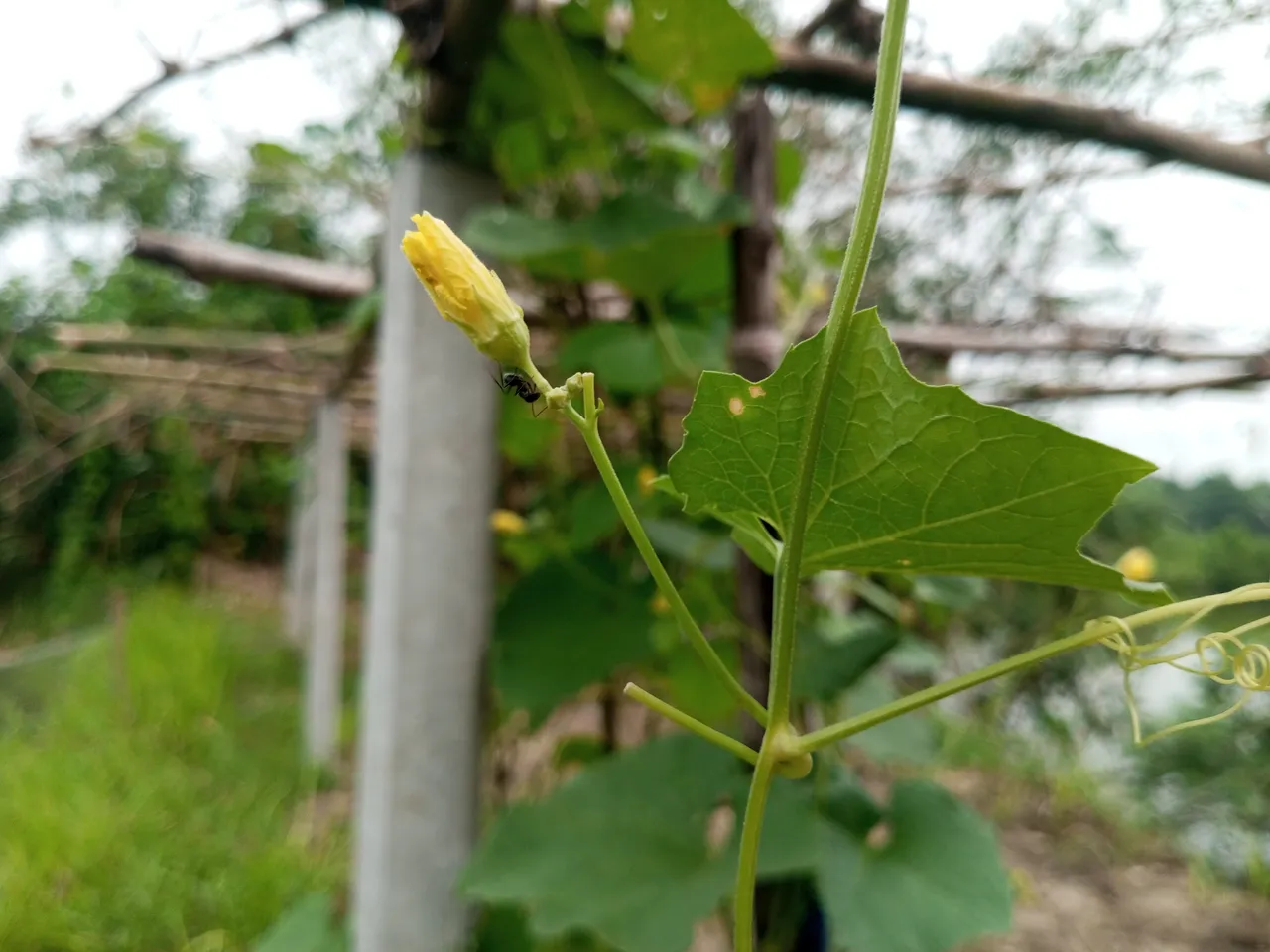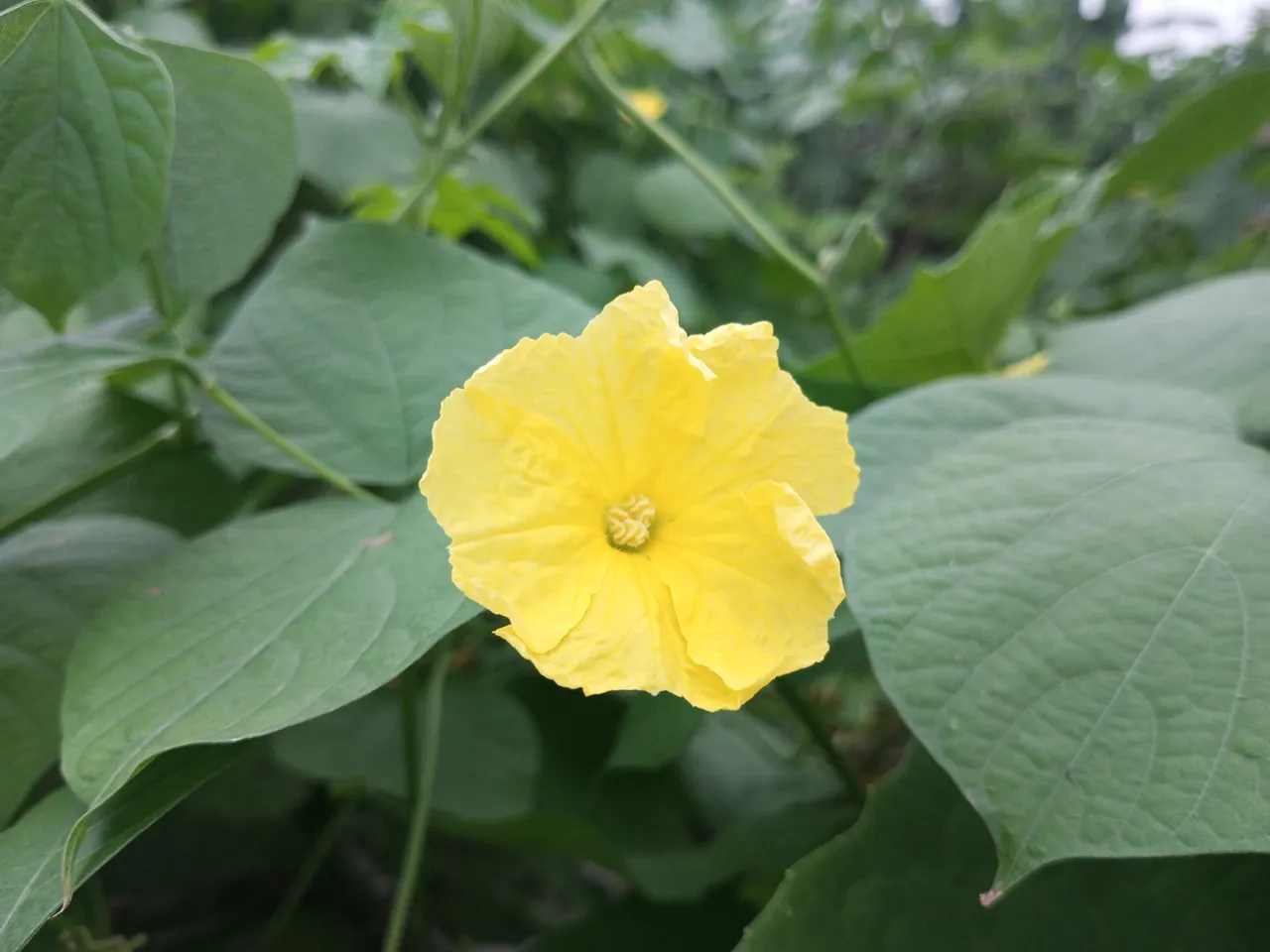Hello everyone!

The flower is not only for beauty, but in many places it is also used as food. Jing flowers make bara or bhaji, which is very popular and delicious.





Soil and Site Selection: Ginger plants grow best in fertile, well-drained soil. Sandy-loam soils are ideal for shrimp cultivation.
It is best to choose a location that gets enough sun, as shrimp plants need direct sunlight to grow.
Water Irrigation: Irrigate regularly to maintain soil moisture, but do not overwater. If water accumulates in the ground, the roots of the plant may rot.
Irrigation should be reduced during rainy season.
Fertilizer application: Regular application of organic fertilizers like cowdung or vermicompost to shrimp plants gives good yield. Fertilizers rich in nitrogen, phosphorus, and potash can be applied once every 15-20 days for plant growth.
Weed Control: It is necessary to keep the weeds around the shrimp plants clean, as the weeds absorb the essential nutrients from the soil, which hinders the plant's growth.
Disease and pest control: Shrimp plants are susceptible to various pests and diseases. Botrytis, leaf spot disease, and gourd beetle are common plant problems. Insect attacks can be prevented by spraying organic insecticides or neem oil.
Lofting: Lofting the shingle plants improves plant growth and improves fruit quality. It also increases the plant's resistance to diseases.
Fruit collection: Harvesting should be done within 10-15 days of flowering. Flavor and quality may decrease as the fruit becomes over-ripe. If you follow this care, you will get good yield from Jinge tree.










| Picture | vegetable garden |
|---|---|
| Category | Nature |
| Camera Used | Infinix |
| Model | Hot 11s-50mp |
| Focal length | MM |
| Photograph | vegetables |
| Photographer | @najidulislam |
| Location | Dhaka,Bangladesh |